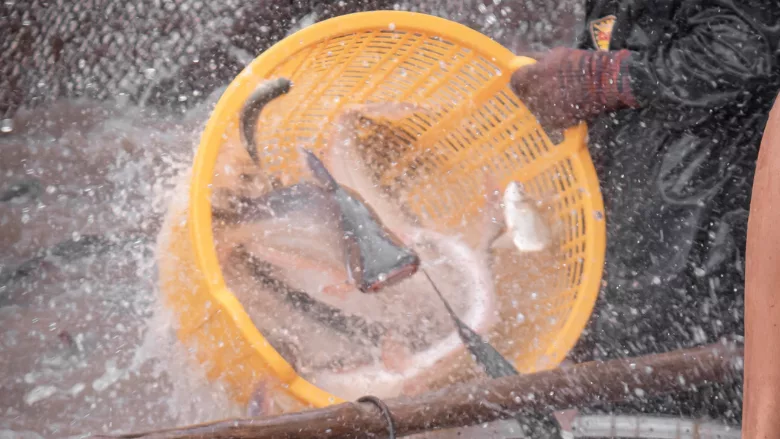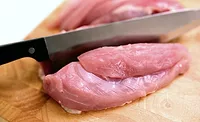USDA-FSIS Releases Two New HACCP Models for Raw Intact Catfish

Credit: Milo Weiler via Unsplash
The U.S. Department of Agriculture’s Food Safety and Inspection Service (USDA’s FSIS) has released two generic Hazard Analysis and Critical Control Point (HACCP) models for raw, intact siluriformes (catfish) products. One model demonstrates the process of developing a HACCP plan for farm-raised catfish, and the other model illustrates the process for wild-caught catfish.
FSIS states that, while the models’ Critical Control Points do not necessarily apply to all operations or products, they may serve as starting points for similar products. The flow diagrams demonstrate general production processes and should be modified to reflect an establishment’s specific processes. Additionally, the food safety critical limits selected must come from scientific documents or other reliable sources. FSIS’ models include references for guidance on the selection of critical limits.
Additionally, in October 2020, FSIS updated its HACCP guide and multiple generic HACCP models. The revised Guidebook for the Preparation of HACCP Plans leads an establishment through the process of developing a HACCP plan according to seven principles and provides links to additional reference materials. Templates are provided in the HACCP guide so establishments can capture product-specific information as demonstrated in the guide.
Looking for quick answers on food safety topics?
Try Ask FSM, our new smart AI search tool.
Ask FSM →



.webp?height=200&t=1641248531&width=200)




